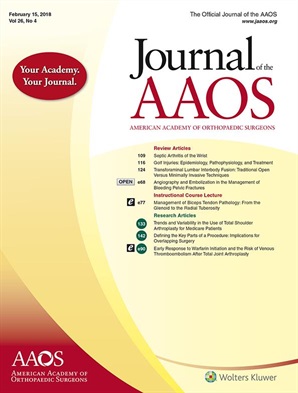The Utility of Biologics, Osteotomy, and Cartilage Restoration in the Knee
The management of complex cartilage and meniscal pathology in young, athletic patients is extremely challenging. Joint preservation surgery is most difficult in patients with concomitant knee pathologies, including cartilage defects, meniscal deficiency, malalignment, and/or ligamentous insufficiency. Clinical decision making for these patients is further complicated by articular cartilage lesions, which often are incidental findings; therefore, treatment decisions must be based on the confirmed contribution of articular cartilage lesions to symptomatology. Surgical management of any of the aforementioned knee pathologies that is performed in isolation typically results in acceptable patient outcomes; however, concomitant procedures for the management of concomitant knee pathologies often are essential to the success of any single procedure. The use of biologic therapy as an alternative to or to augment more conventional surgical management has increased in popularity in the past decade, and indications for biologic therapy continue to evolve. Orthopaedic surgeons should understand knee joint preservation techniques, including biologic and reconstructive approaches in young, high-demand patients.













